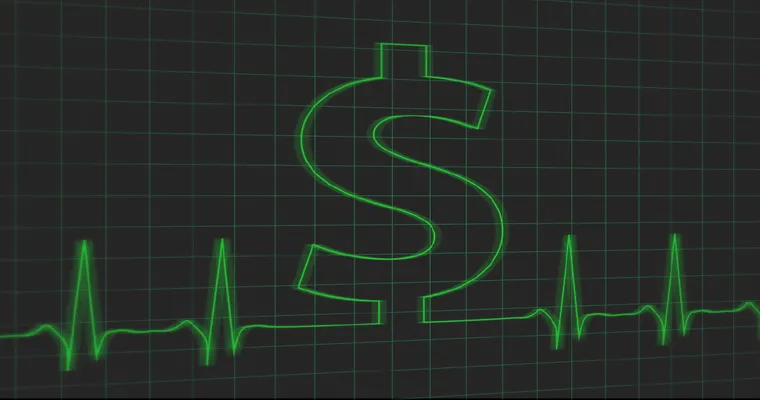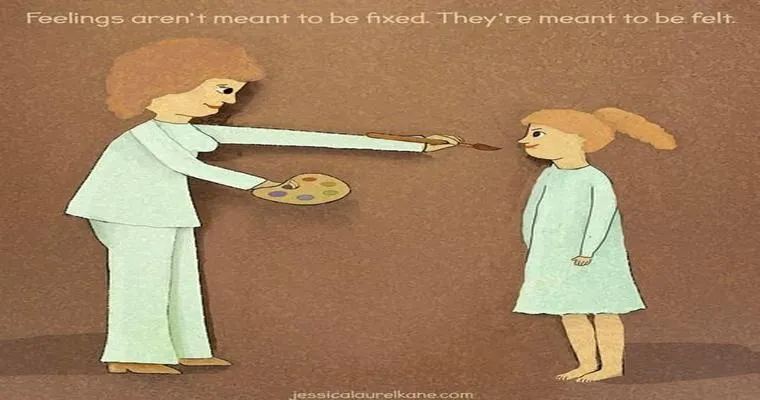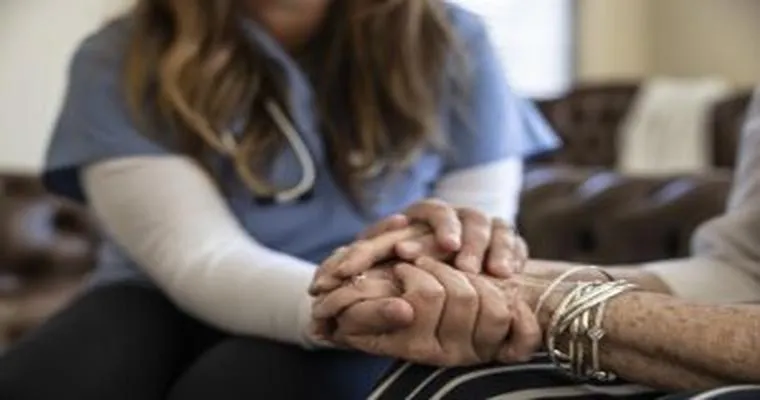Understanding the "stages of end of life" is crucial for both caregivers and families as it helps prepare for the inevitable transition that every individual faces. The end-of-life process can be emotional and complex, and knowing what to expect can provide comfort and clarity. This article will explore the key stages of end-of-life care, the physical and emotional changes that occur, and how to support a loved one during this time.
The "end-of-life stages" generally encompass several phases, including the advanced illness stage, the active dying stage, and the bereavement stage. Each phase is characterized by specific physical and emotional changes that can significantly impact both the individual and their loved ones.
In the "advanced illness stage", individuals may face chronic conditions that limit their life expectancy. This phase can be marked by increased medical appointments, discussions about treatment options, and the need for palliative care. During this stage, it is essential to focus on managing symptoms and enhancing the quality of life. Family members often play a crucial role by providing support and advocating for their loved one's wishes.
The next phase is the "active dying stage", which can last from a few days to weeks. During this time, physical changes become more pronounced. Common signs include decreased appetite, increased fatigue, changes in breathing patterns, and a decline in consciousness. Emotional and spiritual aspects also come to the forefront, as individuals may begin to reflect on their lives and relationships. Providing emotional support, creating a peaceful environment, and facilitating meaningful conversations can be incredibly beneficial during this stage.
Following the active dying process, the "bereavement stage" begins for family members and friends. This period involves grieving the loss and adjusting to life without the loved one. Grief can manifest in various ways, including sadness, anger, and confusion. It is important for those left behind to seek support, whether through counseling, support groups, or simply leaning on friends and family. Understanding that grieving is a personal and unique journey can help individuals navigate their feelings during this challenging time.
In conclusion, recognizing the "stages of end of life" can provide guidance and support to both individuals facing the end of their lives and their loved ones. Each stage presents its own challenges and emotional responses, but by being informed and prepared, families can create a supportive environment that honors their loved one's wishes and experiences. Emphasizing compassion and open communication throughout these stages can significantly enhance the quality of care and support during this profound journey.





